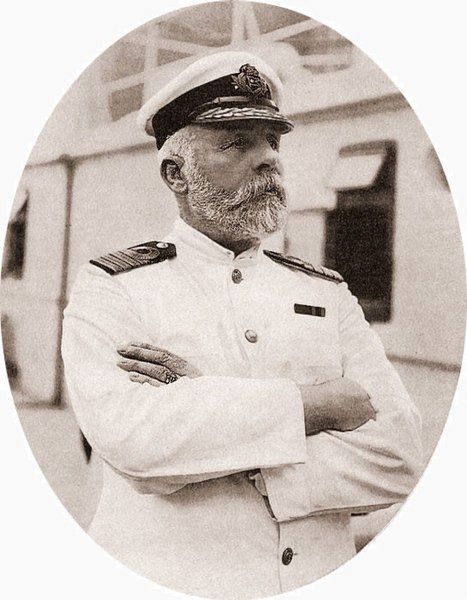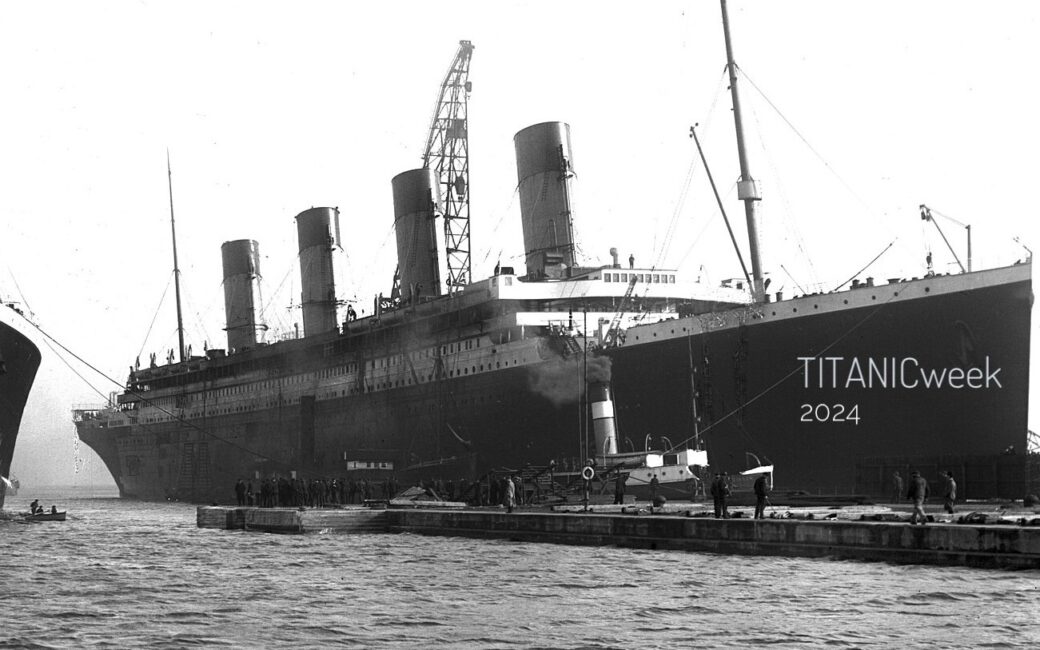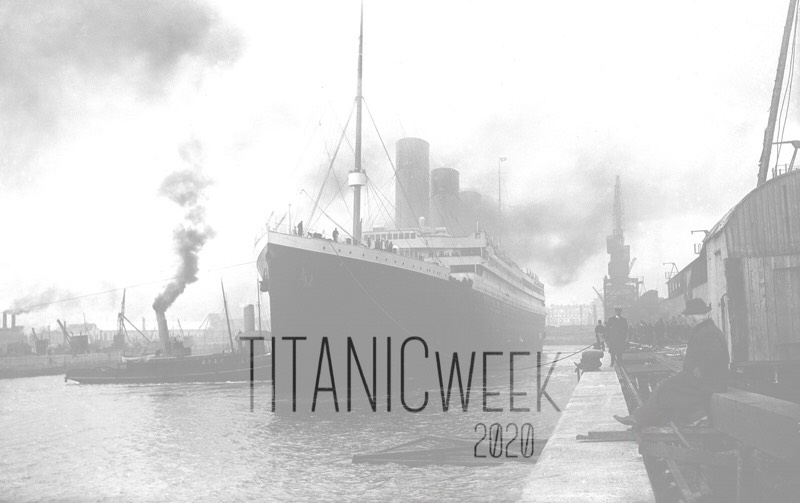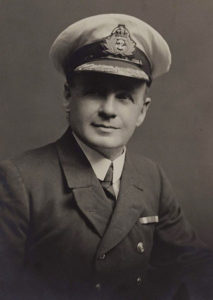"The Captain's Tiger": James Arthur Paintin
James Arthur Paintin was a tiger.
That is, he was the sole steward to attend to no lesser man than Titanic's captain, E.J. Smith.

Captain Edward James (E.J.) Smith.
PUBLIC DOMAIN
James went by his middle name of Arthur, and he was 29 years old in April of 1912.
He was also a newlywed, having married Alice Bunce only five months prior, in November of 1911. They had courted for approximately four years prior to their marriage.
According to the account of a family member, Arthur Paintin intended for the Titanic to be his final stint at sea, because Alice had become pregnant. The couple reportedly hoped to purchase a hotel.
Arthur boarded the RMS Titanic as a personal steward to the captain, and was therefore a member of the Victualing Crew. Old nautical terminology refers to Arthur’s particular role as “the Captain’s Tiger.”
The origin of this unofficial but quite compelling title seems to be something of a mystery.
Arthur had entered into employment with the White Star Line in 1907, and by 1912, he had already served as Captain Smith’s Tiger on both the Adriatic and Titanic’s elder sister Olympic.
It is unclear if Arthur had acted in the capacity of a steward for a significant amount of time prior to his time with Captain Smith, because while on board Titanic, he wrote that he had joined a “stewards club” the previous August. He did note that benefits did not begin in that club until the first anniversary of his membership.
So Arthur was thusly intrigued by the opportunity to join what was essentially a rotary club called the "Hearts of Oak". He expressed this interest to his father.
When Arthur signed onto Titanic in Southampton on April 4th, he had a cold, although it was just beginning to improve.
“My cold is still pretty bad,” he wrote in a letter to his parents while on board, “but nothing like it was last week.”
And he wasn’t exactly inspired by his accommodations, but he endeavored to be positive in spite of it.
"Bai jove [sic] what a fine ship this is, much better than the Olympic as far as passengers are concerned, but my room is nothing near so nice, no daylight, electric light on all day, but I suppose it's no use grumbling."
Citation courtesy of "Titanic Voices: Memories from the Fateful Voyage," by Donald Hyslop, Alastair Forsyth, and Sheila Jemima. 1994.
As the Captain’s Tiger, Arthur was in essence a personal valet. And it would certainly seem that Captain Smith had a distinct appreciation for Arthur's excellent services, as Titanic's maiden voyage was at least their third voyage together.
Arthur would have been responsible for Captain Smith’s functional needs within his quarters, like his laundering and boots, and with bringing him necessities like messages and meals as needed.
It is possible that Arthur accompanied Captain Smith to public meals, in order to attend to his needs. But where and when the Tiger himself ate, is not known.
Stewardess Violet Jessop observed that, at least on Olympic, all manners of stewards ate hurriedly and without much respite, whenever their schedules would allow it.
"[Stewards ate] standing in any available corner of a greasy pantry, amid steamy smells and nauseating, grease-strewn decks, eaten in the quickest possible time in order to get away."
Citation courtesy of "Titanic Survivor: The Newly Discovered Memoirs of Violet Jessop," edited by John Maxtone-Graham. 1997.
There was a lounge on board Titanic assigned exclusively for the use of personal maids and valets of passengers. But it it is unknown if this lounge likewise would have been available and appropriate for the Captain's Tiger.
To date, Arthur Paintin’s movements throughout Titanic's voyage are entirely unconfirmed. There appears to be no record.
Acting as the Captain’s Tiger was a role of some significance—which is why Arthur’s absence from eyewitness accounts is sometimes noted by Titanic enthusiasts as peculiar. But then again, it is not in the general purview of a personal steward to be noticeable.
Only Frederick Dent Ray, a surviving Saloon Steward, has thus far been noted as having witnessed James Arthur Paintin on board--specifically, in the final moments of the sinking.
Frederick testified as follows on the ninth day of the American Inquiry, stating that Arthur had last been seen alongside Captain Smith on Titanic's bridge.
Senator SMITH.
Did he [Captain E.J. Smith] have a personal waiter or steward of his own?
Mr. RAY.
Yes, sir.
Senator SMITH.
Who was he?
Mr. RAY.
A man named Phainten [James Arthur Paintin], I think it was; I am almost sure.
Senator SMITH.
Did he survive?
Mr. RAY.
No, sir. He was last seen on the bridge, standing by the captain.
Just like E.J. Smith, the Captain's Tiger did not survive the sinking of the Titanic.
The body of James Arthur Paintin, if recovered, was never identified.
Back home, Alice Paintin was widowed after less than six months of marriage. And three months after Titanic foundered, she gave birth to her lost husband's son.
She named the baby James Arthur Paintin.
SOURCE MATERIAL
Hyslop, Donald, Alastair Forsyth, and Sheila Jemima. "Titanic Voices: Memories from the Fateful Voyage." Sutton Publishing Limited, 1997.
Jessop, Violet. "Titanic Survivor: The Newly Discovered Memoirs of Violet Jessop Who Survived Both the Titanic and Britannic Disasters." Annotated by John Maxtone-Graham. Sheridan House, Inc., 1997.
https://www.encyclopedia-titanica.org/titanic-victim/james-arthur-paintin.html









